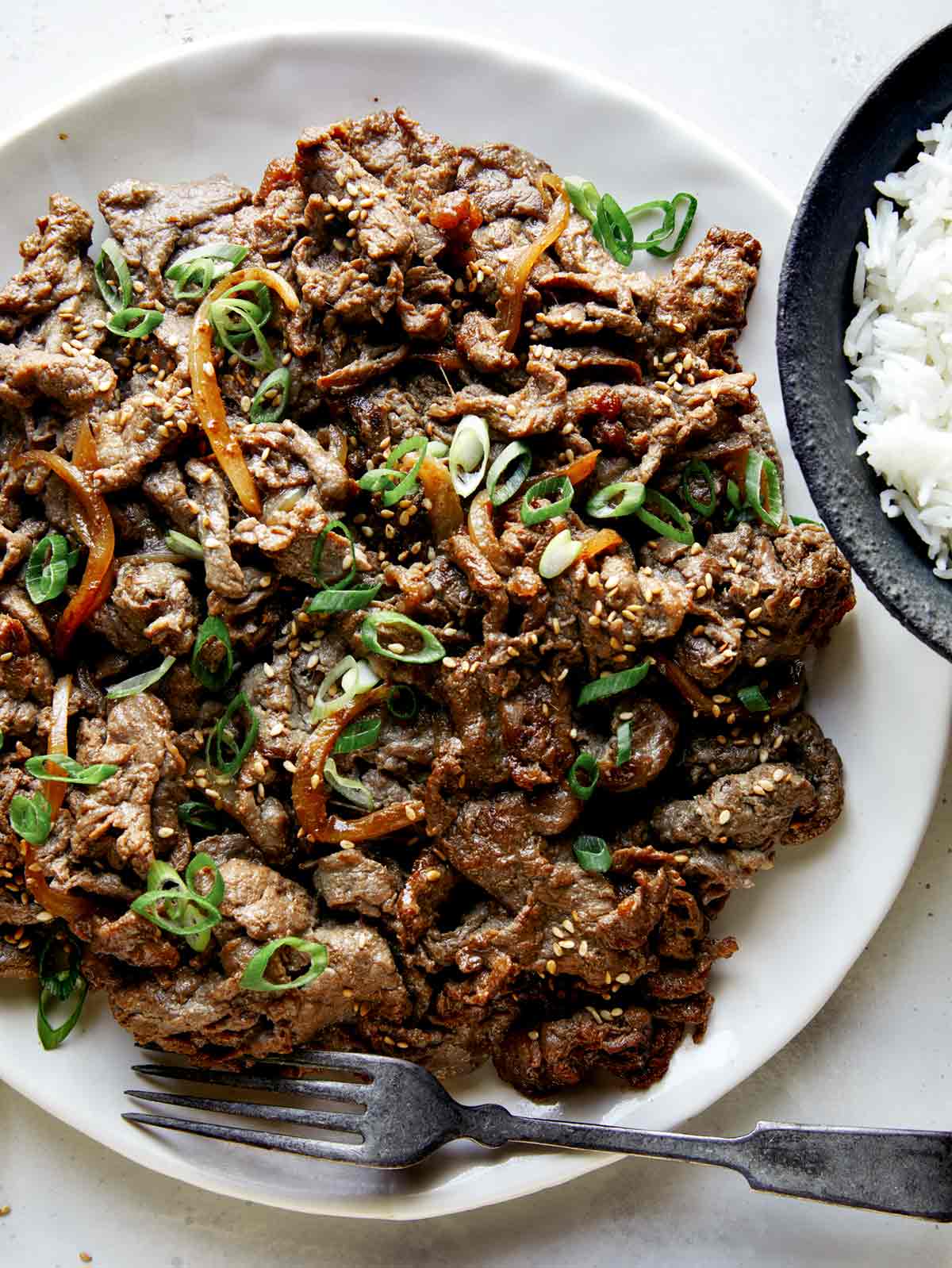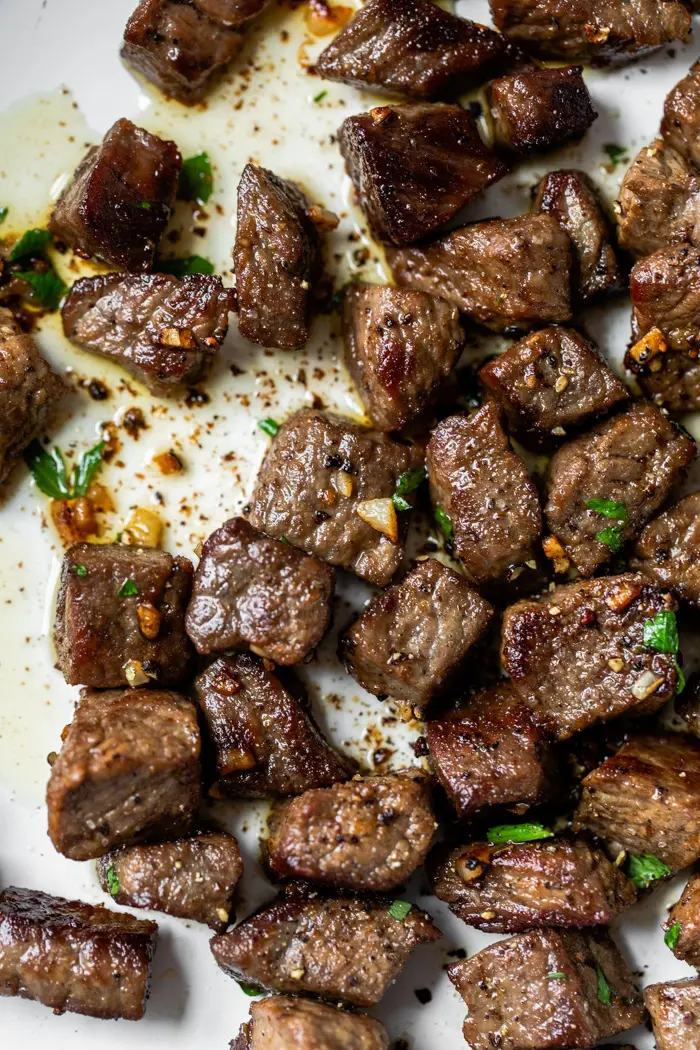Discovering the Different Cuts of Meat: A Guide to Perfect Selections
Wiki Article
From Farm to Table: Fresh and Premium Meat Choices
The trip of meat from farm to table envelops an intricate interaction of top quality, ethics, and sustainability. This shift not just enhances the nutritional profile of meat yet additionally supports regional economic situations.Understanding Meat Sourcing
As consumers come to be increasingly knowledgeable about the beginnings of their food, comprehending meat sourcing has acquired vital significance. Meat sourcing includes mapping the trip of meat from ranch to table, incorporating different elements such as farming practices, animal well-being, and ecological impact. This recognition empowers customers to make informed options that align with their values, specifically pertaining to sustainability and ethical considerations.The sourcing of meat can vary considerably based upon multiple requirements, consisting of the kind of livestock, farming methods, and geographical location. Grass-fed beef typically comes from pasture-based systems that promote pet well-being and lower ecological degradation. On the other hand, conventional meat might include intensive farming practices that elevate worries relating to antibiotic usage and habitat damage.
Knowing the particular ranch or area where the meat originates aids customers make sure top quality and safety. Ultimately, comprehending meat sourcing not only improves customer option but likewise fosters accountable intake and sustains moral farming practices.
Benefits of Fresh Meat
Selecting fresh meat uses numerous advantages that extend past taste and structure. Fresh meat usually keeps higher dietary worth compared to its icy or refined equivalents. It is commonly richer in necessary minerals and vitamins, such as B vitamins, iron, and zinc, which are critical for maintaining general health.In addition, the sourcing of fresh meat frequently includes much shorter supply chains, minimizing the time in between farm and table. This means that the meat is much less most likely to lose its nutritional honesty during transportation and storage. Additionally, consumers can experience boosted preference and juiciness, which can elevate culinary experiences.
Fresh meat also provides a chance for customers to sustain regional farmers and advertise lasting farming methods. When buying from local resources, people can add to their neighborhood economy and foster a better connection to the food they take in.
Last but not least, fresh meat is generally devoid of the preservatives and ingredients commonly located in refined choices. This makes it a cleaner, healthier alternative for those seeking to lessen their intake of artificial active ingredients. Generally, the advantages of picking fresh meat include health, taste, and a feeling of neighborhood engagement.
Pet Well-being Standards
Making certain high pet well-being requirements is important for both honest factors to consider and the high quality of meat products. The therapy of animals straight affects not just the moral effects of meat manufacturing but likewise the overall quality and safety and security of the end items. Pets raised in humane conditions are much less stressed, bring about healthier animals and, consequently, superior meat quality.Regulations and qualifications concerning animal welfare have ended up being progressively considerable in the meat sector. These structures make certain pets are supplied with ample space, proper nourishment, and humane handling throughout their lives. Practices such as pasture-raised systems and free-range atmospheres add to far better animal welfare by allowing animals to exhibit all-natural actions, which is essential for their well-being.
In addition, customers are becoming more discerning concerning the resources of their meat, causing an expanding demand for items that stick to rigorous animal welfare requirements. This change not just promotes moral farming methods yet likewise encourages producers to embrace procedures that boost the wellness and welfare of their pets. Meat. Inevitably, prioritizing pet welfare is not just an ethical imperative; it is additionally a path to generating premium-quality meat that satisfies consumer expectations

Sustainable Farming Practices
Lasting that site farming practices play a vital function in boosting both animal welfare and the quality of meat products. These methods highlight the significance of environmental stewardship, moral treatment of livestock, and source effectiveness. By executing rotational grazing, farmers can promote healthy and balanced field ecological communities, allowing animals to feed upon nutrient-rich turfs while check here stopping overgrazing. This technique not just supports animal health but likewise enhances the dirt, reducing the need for artificial fertilizers.Additionally, lasting farming commonly incorporates incorporated pest management and organic feed choices, minimizing the use of dangerous chemicals. This technique not just safeguards animal wellness yet additionally leads to cleaner, safer meat items for customers. Water conservation methods, such as rainwater harvesting and reliable irrigation systems, further contribute to sustainable practices, guaranteeing that resources are used deliberately.
Furthermore, cultivating biodiversity through polyculture systems and maintaining habitats for wildlife enhances the resilience of farming communities. By focusing on these lasting methods, farmers can create top notch meat that fulfills consumer demand while promoting eco-friendly equilibrium. Inevitably, accepting sustainable farming practices is crucial for developing a much more liable and durable food system that profits pets, farmers, and consumers alike.
Picking High Quality Over Quantity
Often, customers are faced with the dilemma of selecting in between amount and quality when it involves meat items. While purchasing bigger amounts might appear financially helpful, the long-term benefits of selecting high-quality meat much Visit This Link surpass the immediate financial savings. Quality meat is frequently sourced from animals raised in lasting settings, where they are provided appropriate nourishment and care, causing premium taste and dietary value.High-quality meats are commonly devoid of unsafe ingredients, hormones, and prescription antibiotics that are frequently present in mass-produced alternatives (Meat). This not only makes certain a much healthier dining experience yet additionally sustains honest farming methods that prioritize pet welfare. Furthermore, premium meats often tend to have a far better structure and taste, boosting the general cooking experience
Purchasing top quality meat urges consumers to appreciate smaller parts, enabling a much more mindful strategy to consuming. This shift not only affects personal health and wellness positively however also promotes lasting consumption patterns that can profit the atmosphere. Finally, focusing on high quality over amount when picking meat items cultivates a much more responsible and health-conscious way of life, inevitably enriching both the dining experience and the planet.
Verdict

Report this wiki page